Sun protection is crucial for maintaining healthy, youthful-looking skin. But finding a moisturizer with SPF that doesn’t feel greasy or heavy can be a challenge. Here’s the good news: there are a ton of fantastic options out there that offer both hydration and sun protection! Whether you have dry, oily, or sensitive skin, there’s a perfect face moisturizer with SPF for you.

WHAT’S THE DIFFERENCE BETWEEN SPF MOISTURISER AND FACIAL SUNSCREEN
A moisturizer with SPF typically combines hydration with sun protection. It’s designed to provide moisture to the skin while also offering some level of sun protection factor (SPF). However, the SPF level in moisturizers may not be as high as standalone sunscreens. SPF moisturizers are suitable for daily use, especially for individuals who spend limited time outdoors or are exposed to minimal sunlight during their daily activities.
Facial sunscreens are specifically formulated to provide high levels of sun protection for the face. They often have higher SPF levels compared to moisturizers with SPF. Facial sunscreens may have different formulations tailored to the delicate facial skin, such as being non-comedogenic (won’t clog pores) and lightweight, making them suitable for wearing under makeup. They provide stronger protection against harmful UV rays, making them more appropriate for extended periods of sun exposure, such as during outdoor activities or when spending time in direct sunlight.
OUR TOP PICKS
CERAVE AM FACIAL MOISTURISING LOTION SPF50
The effectiveness of your skin’s barrier directly impacts the extent of sun damage it may encounter. Therefore, this moisturizer is essential due to its inclusion of ceramides, hyaluronic acid, SPF, and its affordable price. Whether or not SPF is a factor, this moisturizer unequivocally stands as one of the best options available.
Katie Thomas, Senior Beauty Editor says: “This is my everyday SPF moisturiser. It doesn’t sit on the skin, it hydrates my dehydrated skin and adds nourishment to drier areas. All the while protecting me everyday.”
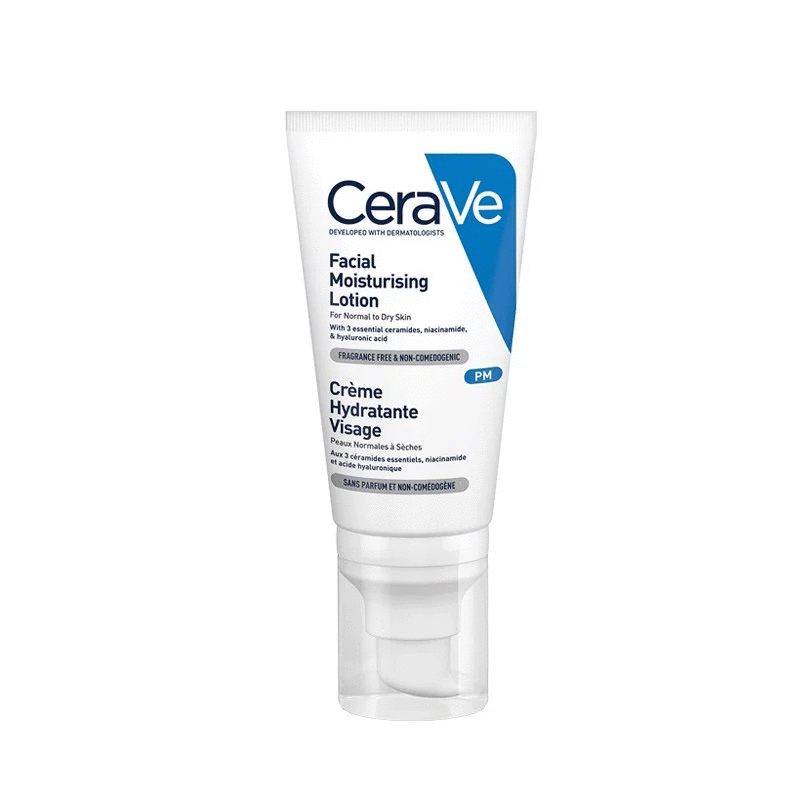
NEUTROGENA HYDRO BOOST MOISTURIZER
This SPF product combines hyaluronic acid with extra moisture, making it better than our usual moisturizer. It gives our skin a nice glow without leaving any white marks. It also protects from the sun with SPF 50, keeping our skin safe from harm.
However, even though it says it doesn’t have a smell, it does smell a bit like sunscreen. People with oily skin might find it makes them look too shiny. It’s not easy to make a product with SPF because it has to be just right. The Neutrogena Hydro Boost Hyaluronic Acid Moisturizer does a great job. It has SPF 50 and sinks into the skin easily, giving even more hydration than our usual moisturizers. The hyaluronic acid makes our skin feel fresh, and it looks nice even with makeup on. Some people with oily skin might find it a bit too much, but the sunscreen smell isn’t too strong, considering all the good things it does.

OARS + ALPS EVERYDAY FACE MOISTURIZER
The Oars + Alps Everyday Anti-Aging Face Moisturizer with SPF 37 is better than other options because it has a hydrating formula without any smell, and it has a higher SPF. This moisturizer is light and keeps your skin hydrated all day because of hyaluronic acid. It also has vitamins E and B5 to help prevent aging signs.
When we put it on our skin, it felt nice and made our skin look plump and soft, especially around our eyes. It even helped reduce the small lines under our eyes and made our skin feel more hydrated overall. Although it felt a bit thick when we first applied it, it absorbed quickly into our skin without leaving any white marks or stickiness. We could wear it all day and even during workouts comfortably.This product is a bit thick when you first put it on, but it absorbs into your skin within two minutes.
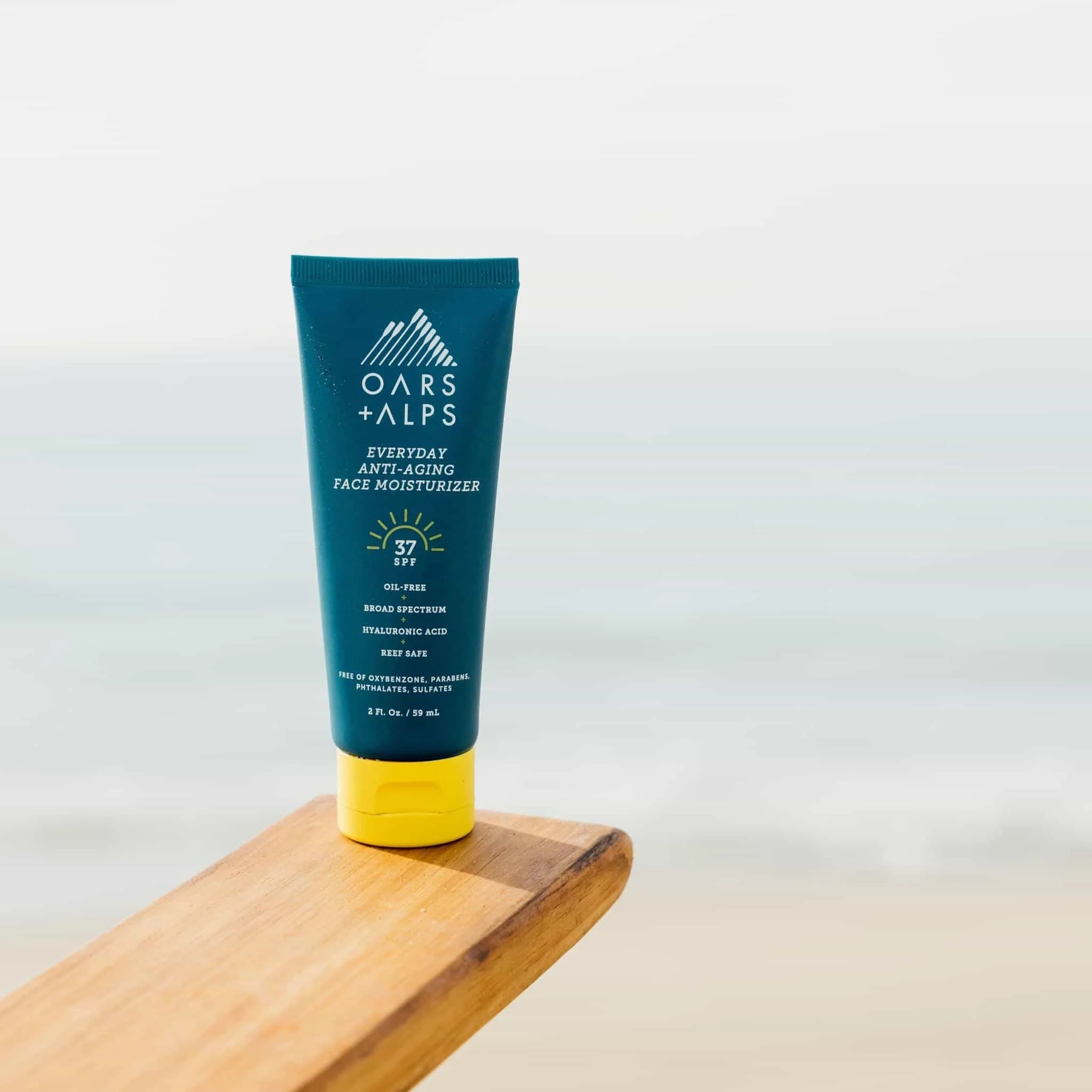
AVÈNE ANTIROUGEURS DAY CREAM SPF30
This product is ideal for those with sensitive skin, particularly if you’re experiencing redness or have rosacea. Avène is known for its expertise in sensitive skin care, even launching a range tailored specifically for rosacea sufferers. The moisturizer has a green tint to help neutralize redness, and its gentle formula is designed to avoid irritating the skin further. While the packaging might not be the most attractive, the effectiveness of this product makes it a worthwhile purchase.
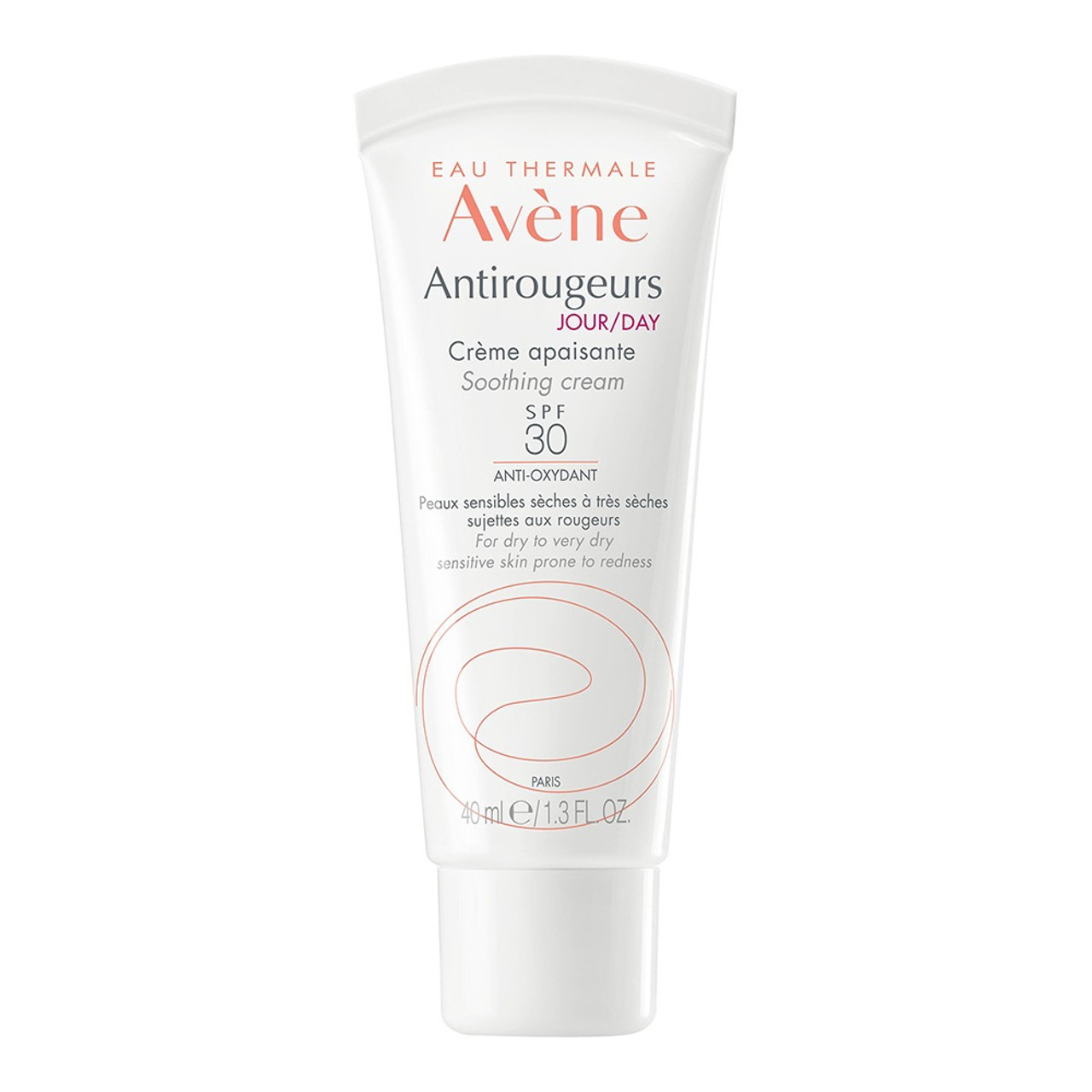
CAY SKIN ISLE GLOW FACE MOISTURIZER
If you’re looking for an all-in-one solution that combines daily sun protection with a dewy glow, Cay Skin Isle Glow Face Moisturizer with SPF 45 is worth checking out. This lightweight, pearlescent formula is packed with island-inspired ingredients like sea moss for hydration and niacinamide to smooth skin texture. It also contains an illuminating nude pearl blend that flatters all skin tones and leaves you with a natural, radiant finish. Plus, it’s vegan, silicone-free, and reef-friendly, making it a good choice for those with sensitive skin and environmental concerns.

MDSOLAR SCIENCES DAILY PERFECTING MOISTURIZER
MDSolarSciences Daily Perfecting Moisturizer with SPF 30 is a great option for daily use, especially if you have sensitive skin. This fragrance-free, chemical sunscreen boasts broad spectrum protection to shield your skin from UVA and UVB rays. It also packs a hydrating punch with hyaluronic acid, leaving your skin feeling dewy and nourished. While not advertised specifically for a radiant finish, some users report a subtle glow. This moisturizer is particularly appealing because it’s gentle enough for all skin types, including those prone to acne and rosacea.
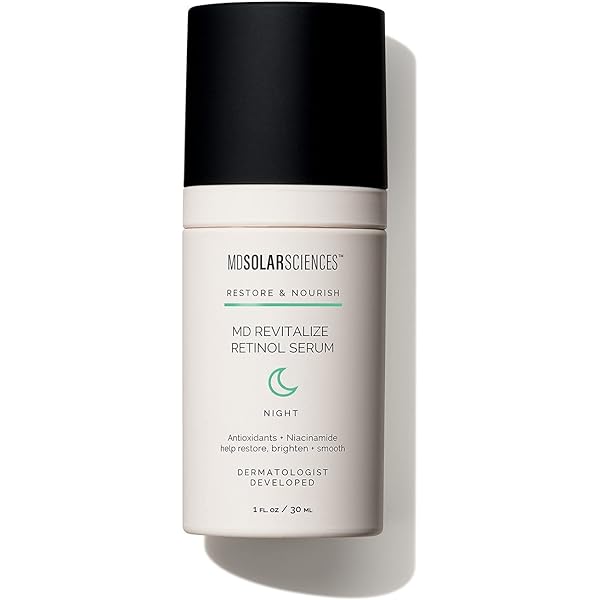
ULTRA VIOLETTE SUPREME SCREEN HYDRATING FACIAL SKINSCREEN SPF50+
The Ultra Violette Supreme Screen Hydrating Facial Sunscreen with SPF50+ is a one of top-notch products for keeping your skin protected from the sun. This sunscreen provides superior sun protection with its high SPF 50+ rating, shielding your skin from harmful UV rays. Not only does it offer excellent protection, but it also hydrates your skin, keeping it moisturized and healthy throughout the day. The lightweight formula absorbs quickly into the skin without leaving a greasy or sticky residue, making it comfortable to wear under makeup or on its own. With its hydrating properties and powerful sun protection, the Ultra Violette Supreme Screen is a must-have for anyone looking to maintain healthy, glowing skin while staying protected from the sun’s harmful effects.
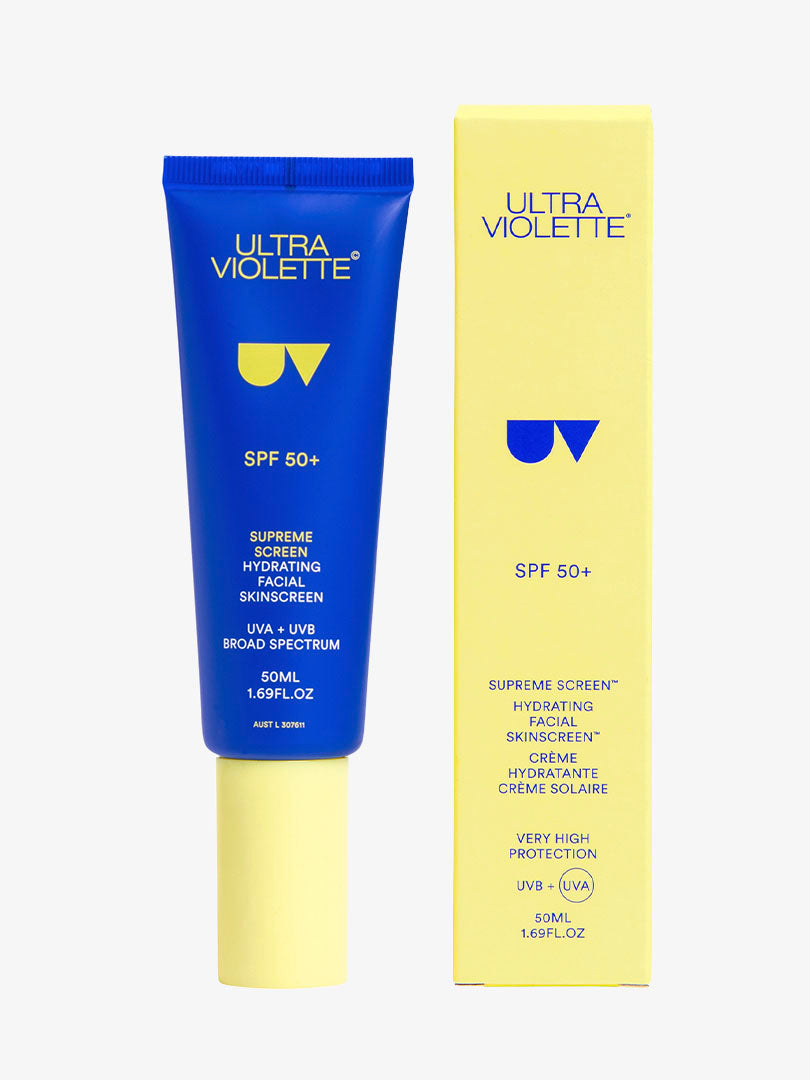
SHISEIDO ESSENTIAL ENERGY HYDRATING DAY CREAM
This fancy moisturizer works wonders for naturally dry skin. Even a small amount leaves your skin feeling soft and smooth, without making it oily or leaving white marks. It’s like your skin drinks up its special formula of hyaluronic acid and ginseng root extract, which also has SPF 20 to protect you from the sun. While it’s not the highest SPF, experts suggest SPF 30 or more for the best protection. But because of its broad-spectrum protection and how good it is for your skin, it’s worth the higher price. Some people like the light, flowery smell, but others don’t. Either way, this Shiseido SPF moisturizer is a winner, especially because you only need a little bit each time you use it.
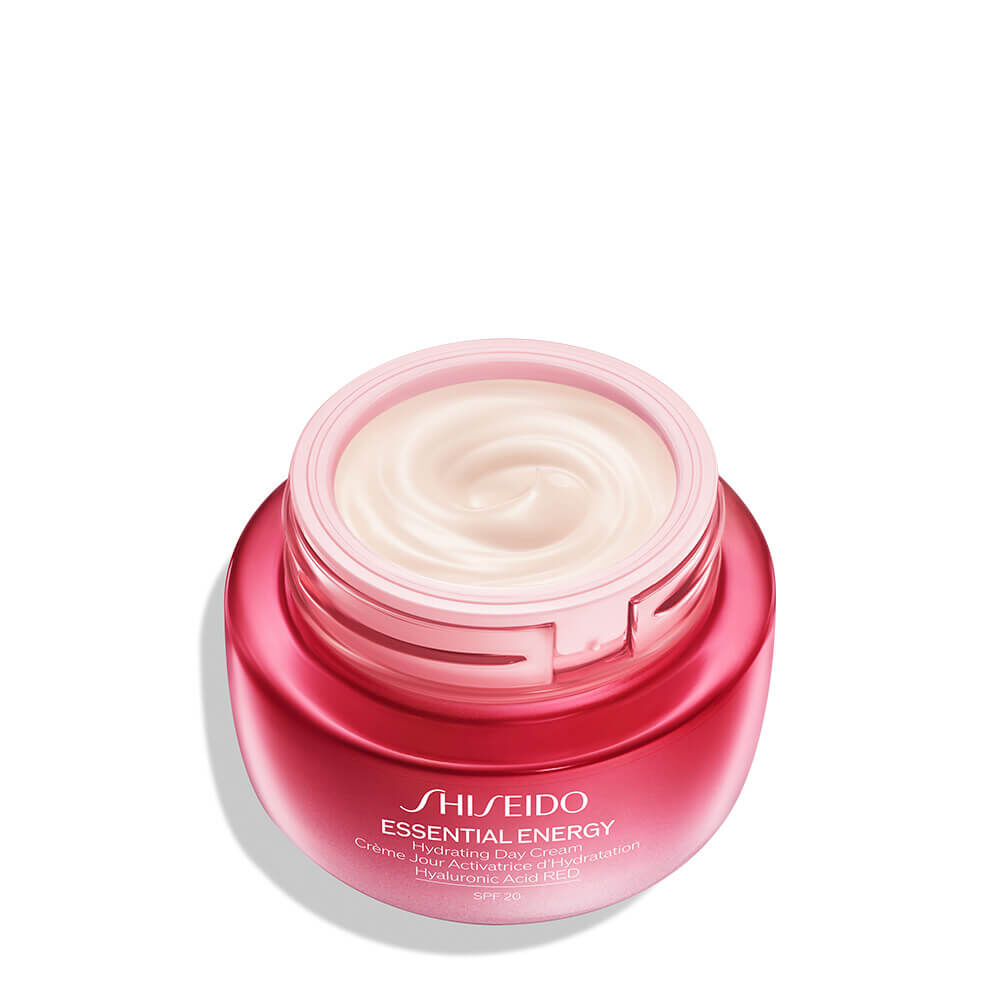
THE BODY SHOP SKIN DEFENCE MULTI- PROTECTION LIGHT ESSENCE SPF 50 PA +++
The Body Shop Skin Defence Multi-Protection Lotion with SPF 50+ PA++++ is a great choice to keep your skin safe from the sun. It has a high SPF 50+ and PA++++ rating, which means it gives really good protection against the sun’s harmful rays that can cause sunburn and aging. This lotion feels light on your skin and soaks in quickly, without leaving it oily or sticky. It’s also full of good stuff like antioxidants that protect your skin from pollution and keep it hydrated, so it feels soft and smooth all day long.
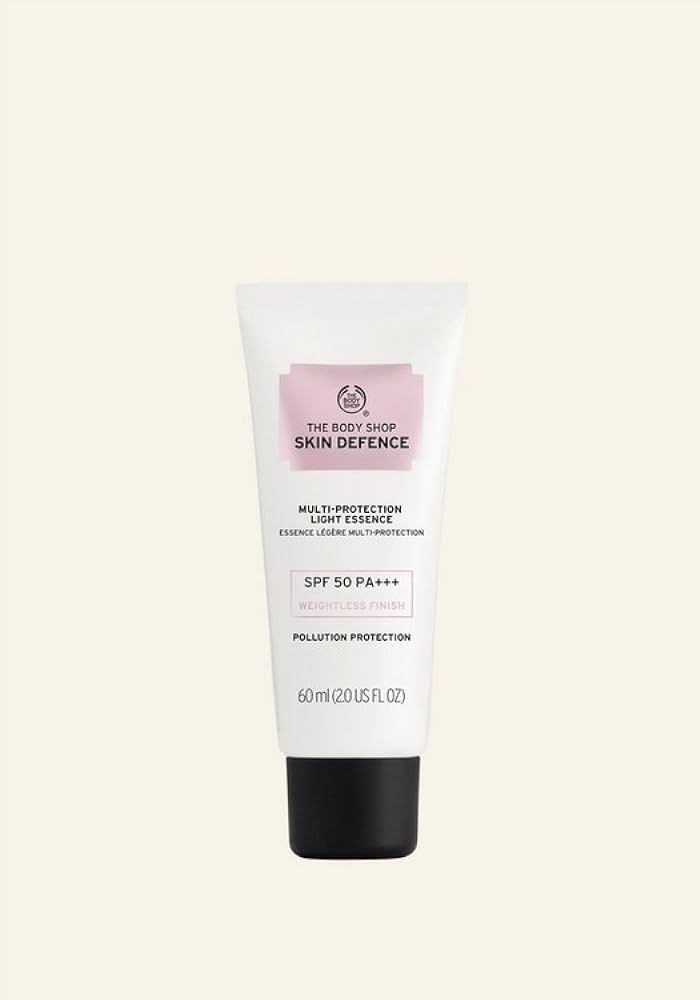
ORIGINS A PERFECT WORLD AGE-DEFENSE MOISTURIZER
The Body Shop Skin Defence Multi-Protection Lotion with SPF 50+ PA++++ is a great choice to keep your skin safe from the sun. It has a high SPF 50+ and PA++++ rating, which means it gives really good protection against the sun’s harmful rays that can cause sunburn and aging. This lotion feels light on your skin and soaks in quickly, without leaving it oily or sticky. It’s also full of good stuff like antioxidants that protect your skin from pollution and keep it hydrated, so it feels soft and smooth all day long.

THINGS TO CONSIDER BEFORE BUYING MOISTURIZERS WITH SPF
Before buying moisturizers with SPF, there are a few things to think about. First, consider your skin type. Some moisturizers might be too heavy for oily skin, while others might not be moisturizing enough for dry skin. Make sure to pick one that suits your skin type.
Next, look at the SPF level. SPF measures how well the moisturizer protects you from the sun’s harmful rays. Higher SPF numbers mean more protection, but SPF 30 is usually a good choice for everyday use.
Check if the moisturizer offers broad-spectrum protection. This means it protects against both UVA and UVB rays. Both types of rays can harm your skin, so it’s important to have protection against both.
Consider the ingredients in the moisturizer. Some may contain chemicals that could irritate your skin, so it’s a good idea to test a small amount on your skin before using it regularly.
Lastly, think about how the moisturizer feels on your skin. You want something that absorbs well and doesn’t leave your skin feeling greasy or sticky. Finding a moisturizer with SPF that feels comfortable to wear every day is key to protecting your skin while keeping it healthy and hydrated.
CONCLUSION
Finding the right face moisturizer with SPF is important for protecting your skin from the sun’s harmful rays. With so many options available, it’s essential to consider factors like your skin type, SPF level, broad-spectrum protection, ingredients, and how the moisturizer feels on your skin. By choosing one of the top 10 best face moisturizers with SPF, you can ensure that you’re not only keeping your skin hydrated but also safeguarding it against sun damage. With proper sun protection, you can enjoy healthier and more radiant skin for years to come.





